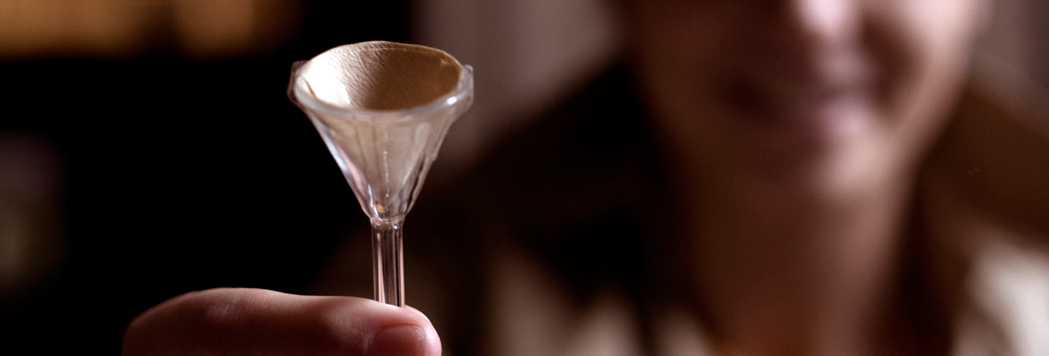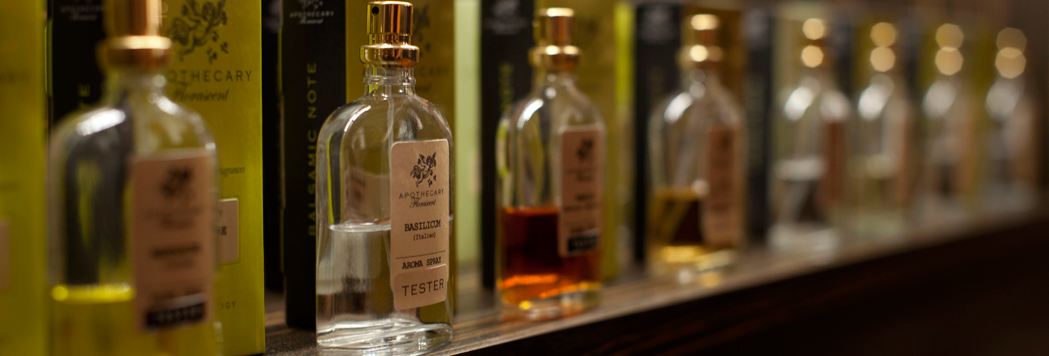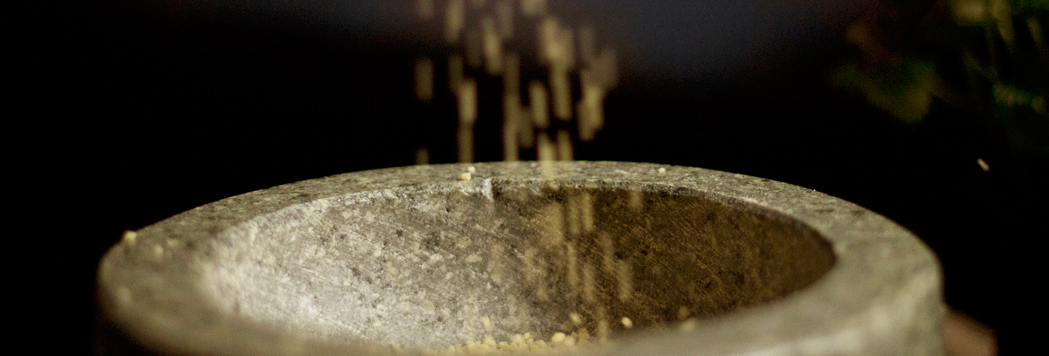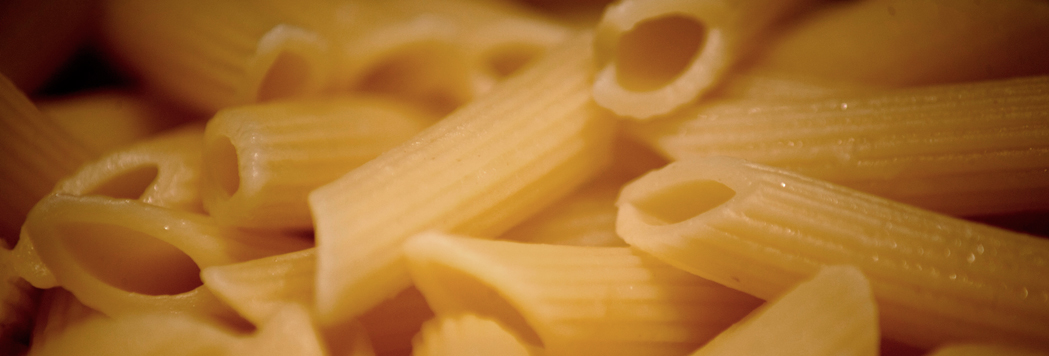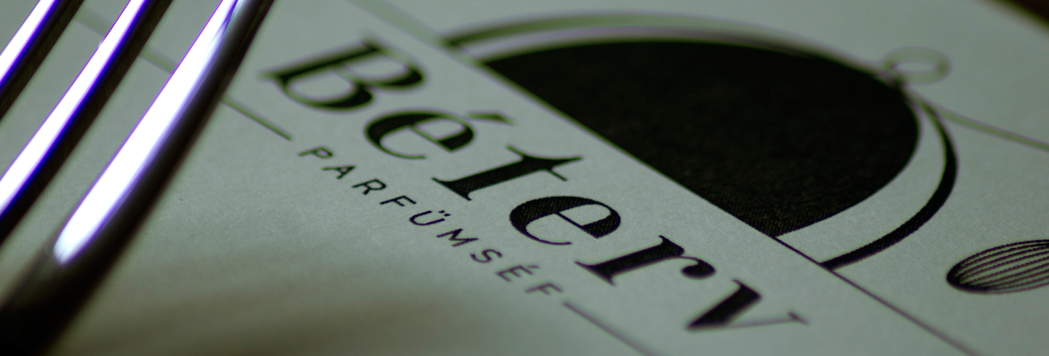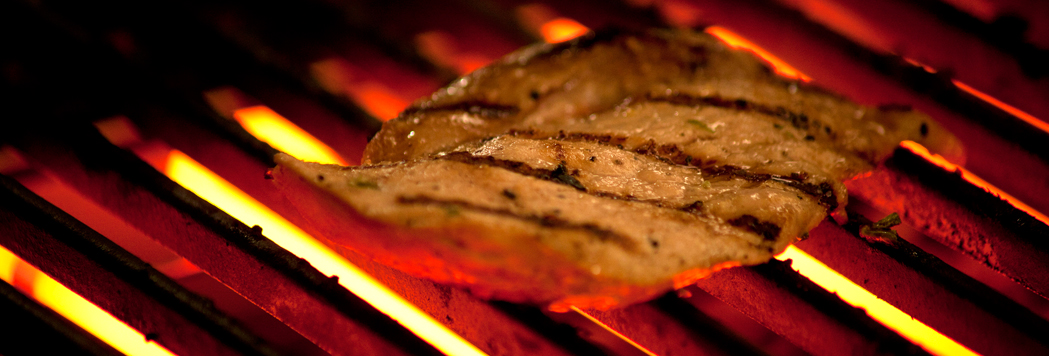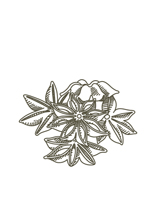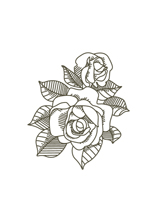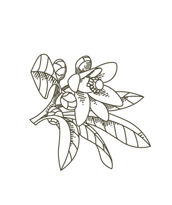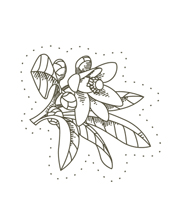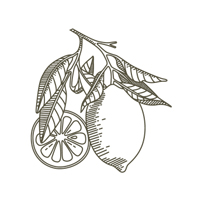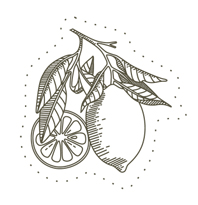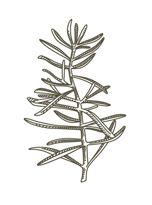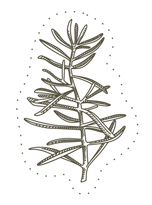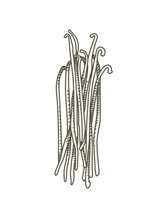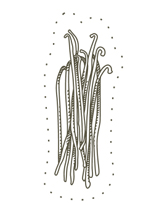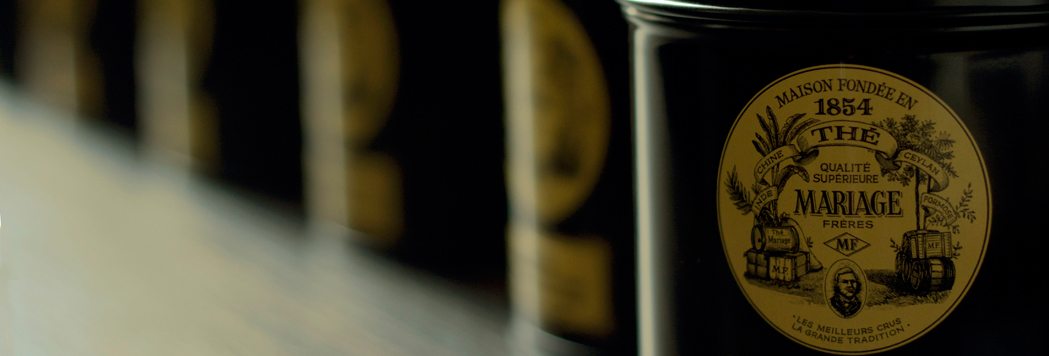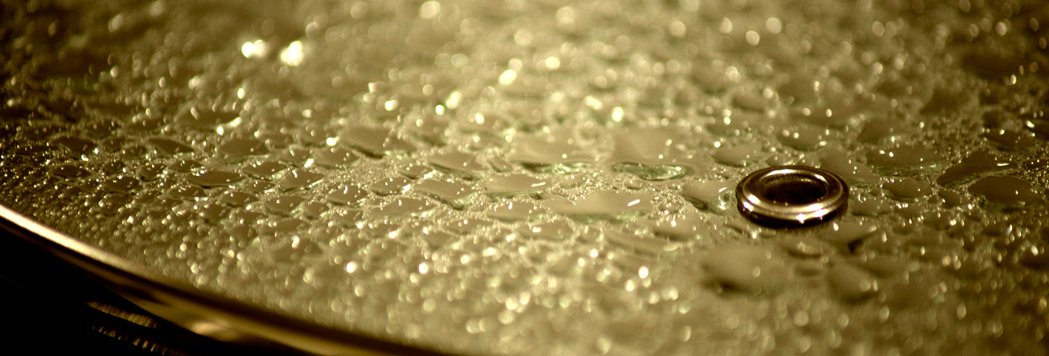Damask rose
 Damask rose (Rosa damascena)
Damask rose (Rosa damascena)
The Damask rose is a deciduous shrub growing to 2,2 metres tall, the stems densely armed with stout, curved prickles and stiff bristles. The leaves are pinnate, with five (rarely seven) leaflets. The roses are a light to moderate pink to light red. The relatively small flowers grow in groups. The bush has an informal shape. It is considered an important type of Old Rose, and also important for its prominent place in the pedigree of many other types.
The largest producers of rose oil from the different names all falling under the name Damask rose are Bulgaria and Turkey. France and India also contribute significantly to the world market. Morocco, Tunisia and some other Middle Eastern countries have historically produced rose oil, but their modern contribution is minimal. Rose oil is extracted from the fresh flowers, picked before 8 am in the morning, by steam distillation and the yield is 0,02-0,05%. The aroma can be damaged if the heat is too high at distillation. Damask Rose has a deep, rosy, fresh aroma, the color ranges from clear to a pale yellow or greenish tint and the viscosity is watery to crystalline, when warm or cold respectively.
Damask roses are used in cooking as a flavouring ingredient or spice. It appears as one of the ingredients in the Moroccan spice mixture known as ras el hanout. Rose water and powdered roses are used in Persian, Indian, and Middle Eastern cooking. Rose water is often sprinkled on many meat dishes, while rose powder is added to sauces. The most popular use, however, is in the flavoring of desserts such as ice cream, jam, Turkish delights, rice pudding, yogurt.
The therapeutic properties of Damask rose oil are: anti-infectious, anti-depressant, antiseptic, anti-spasmodic, aphrodisiac, astringent, bactericidal, diuretic, emmenagogue, hepatic, laxative, sedative, splenetic and general tonic. There are a wide range of rose water uses which are mostly associated with cosmetics and skin care products.


